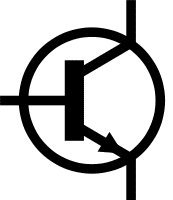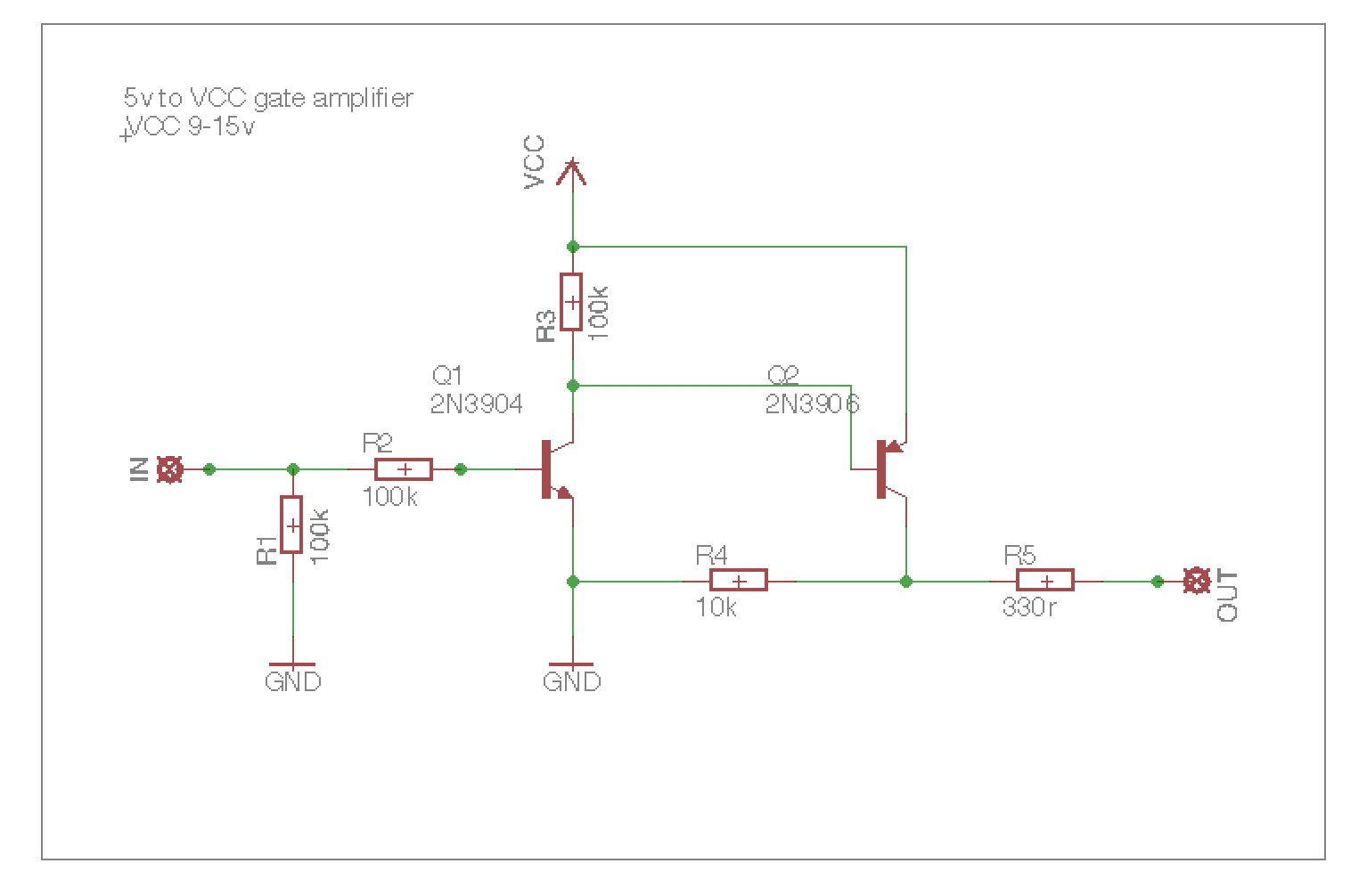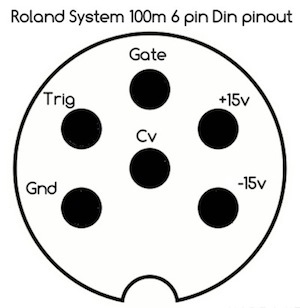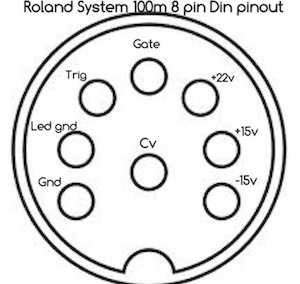Tech & Support

Some general information you may find useful...
Triggers and Gates
Before MIDI, the major synthesizer maufacturers all had their own way of interfacing their various pieces of equipment and, because there was no accepted standard, connection between them can be confusing.
Basically there are two systems that were adopted for triggering the envelopes on pre-midi synths - a positive going voltage, sometimes known as V-Trig or gate, and a switched trigger or S-Trig which simply shorts a signal from + volts to ground (0v). Moog and Korg both used the S-Trig system on the majority of their gear. Most all other manufacturers used the V-Trig system. The main exception is the Yamaha CS series which used a positive to negative going voltage to trigger.
So, if you want to interface your various bits of kit you have to convert the signal. Nowadays with most people using midi, this is not a problem as there are some excellent midi to cv converters available that will handle it - but - if, like me, you're a pre-midi fanatic, converting V-Trigs to S-Trigs and vice versa is essential if you want to get the most from your vintage gear.
The TC-1, TC-2 and TC-X are useful, inexpensive utillities for pre-midi synth enthusiasts. If you have lots of gear from different manufacturers it can be a tricky business getting them to 'talk' to each other. These are simple circuits to build for the seasoned synth diy-er but for those with no electronics experience or little time to spare building interfaces they may be just what you need - especially useful if you don't want to drill new holes in your valuable vintage synths.
TC-1, TC-2 & TC-X details here
The TC-2 and TC-X require a DC power supply. The gate/trigger output voltage of the TC-2/X is dependent on the DC power supply voltage used - a 9v power supply will give a gate/trigger output of approx 9v, a 12v power supply will give you approx 12v etc. Most synths will trigger with 9v but some will require a higher gate voltage - early Roland gear such as the System 100 model 101 & 102, SH-5, some ARP and Sequential Circuits etc. A multi-voltage DC power supply is ideal as you can adjust the output DC voltage to suit your synth...
The TC-2 & TC-X do not come with a DC power supply. Due to the different mains AC voltages around the world and the many plug types, it is not economical for me to include one. They are easily obtainable locally if you don't already have one in your studio. Remember: Negative tip (centre negative). If you only require 9v to trigger your synths then a Boss type PSA adaptor is ok.
Trigger and gate voltages
All these require a positive going gate voltage - V-Trig:
ARP - gate in minimum 8v, trig in 8v (preferably 10v), gate out 10v, trig out 10v
Oberheim - gate in 9v (15v max)
Sequential Circuits - gate in 10v (prefers 12v-15v)
Roland - most equipment will trigger with 5v, some earlier synths need 10v+ (System 100 model 101, 102, SH-5)
EMS - requires minimum 4v trigger
Doepfer - 0-5v positive trigger (also applies to most other Eurorack gear)
These require S-Trig:
Korg
A 5v to GND pulse is required to initiate EGs, GND to 5v to initiate release (S-Trig)
Moog
A positive pulse/gate to GND is required - this is also known as a 'shorting connection' or switched trigger (S-Trig). The Rogue is an exception - it can use V-Trig or S-Trig.
Yamaha (not strictly S-Trig but inverse V-Trig).
Trig out is negative going +10v crossing GND to -v, trig in is same.
Drum machines and sequencers
Most Roland drum machines trigger out is +14v 20ms pulse - it will reliably trigger any device that requires a positive trigger signal. Some attenuation is reccomended for use with Eurorack gear that expects a 5v trigger level.
Korg machines trig outs are usually 5v to GND (S-Trig) KR-55, 55B, 33, KPR-77 etc
Korg SQ-10 trig outs are S-Trig. Step input requires S-Trig.
All Roland sequencers are V-Trig in and out. ARP sequencer is V-Trig.
Here's the schematic for a simple gate amplifier circuit that will boost 5v gates and triggers to a higher voltage.

This information is presented as a guide only - for detailed specifications please consult the user manual for your specific equipment.
Roland System 100m 6 pin and 8 pin DIN - information and pinout details
Original cables for the System 100m are almost impossible to find nowadays - I occasionally have limited numbers of newly made 6 pin and 8 pin cables available. I appreciate that the price of these cables may seem high but they are time-consuming to make.
Here are the pinout details for the System 100m DIN cables for those wishing to make their own... You will need multi-core cable (6 or 8) and the appropriate DIN plugs to build these.
 6 pin DIN keyboard & cabinet cable
6 pin DIN keyboard & cabinet cable
 8 pin DIN module cable
8 pin DIN module cable
DIN SYNC Pinout info
S-Trig cable wiring details
Here's how to make your own S-Trig cable, and shown below is a V-Trig to S-Trig conversion circuit... taken from the Micromoog manual.
